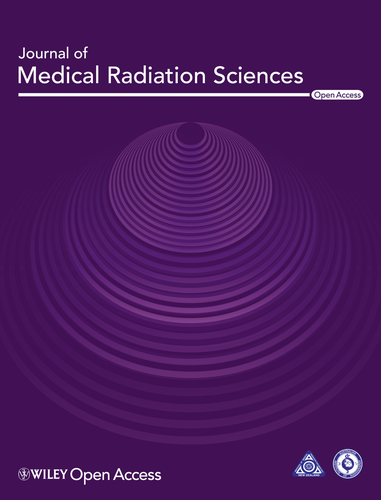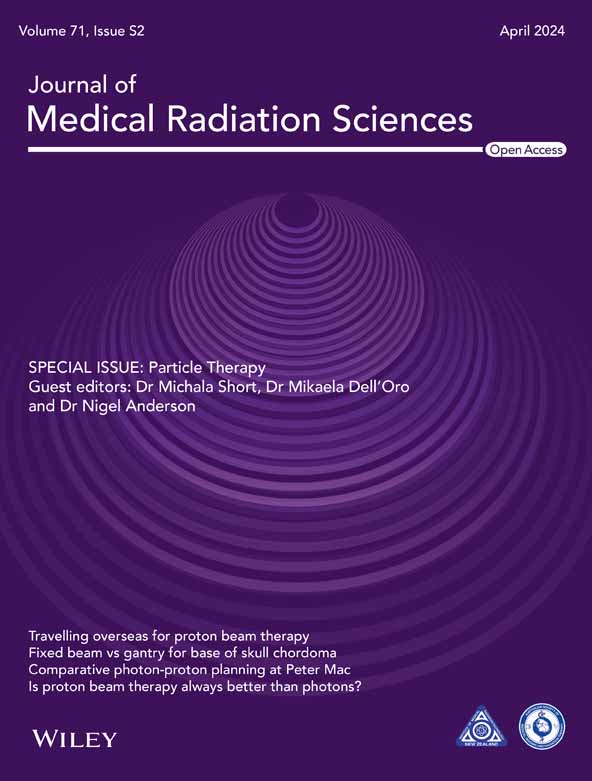Review of the Book Particle Therapy Technology for Safe Treatment Edited by Jay Flanz, CRC Press—Taylor & Francis Group, 2022, ISBN: 9780367643119
Graphical Abstract
The textbook ‘Particle Therapy Technology for Safe Treatment’ provides readers with a comprehensive overview of the complex technology that makes up particle therapy. Authored by world-renowned particle accelerator and particle beam physicist Dr Jay Flanz, the book explains key particle therapy parameters and underlying physics concepts, alongside useful practical examples of how to ensure the safest clinical implementation of particle therapy.
Particle therapy technology for safe treatment aims to provide readers with a comprehensive overview of the complex technology that makes up particle therapy. It does so by explaining key particle therapy parameters and underlying physics concepts, alongside useful practical examples of how to ensure the safest clinical implementation of particle therapy. The book is authored by Dr Jay Flanz, a world-renowned particle accelerator and particle beam physicist with decades of experience in the discipline and many years of service within the international Particle Therapy Co-operative Group, including as president between 2015 and 2022.
The book steps the reader through the fundamental particle physics concepts together with self-directed exercises and prompts at the end of each chapter to promote critical thinking and reinforce what was learnt. Importantly, the text relates all theoretical parameters to clinical examples, including the author's personal notes, on how to ensure the highest level of safety when delivering radiation treatment using charged particles, primarily protons. As the title suggests, the main focus is safety and building a culture of safety among those using this treatment modality. This goal is achieved by providing practical applications throughout the book as well as by offering ‘What could go wrong’ sections at the end of most chapters. These sections document sources of potential errors and parameters to be aware of, right from beam production through beam delivery, patient localisation and patient/beam positioning and serve to remind readers of the primary goal of safety in radiation therapy, which is to ‘put the right dose in the right place’.
The textbook has 18 chapters that comprehensively cover safety in particle therapy. The book begins with Chapters 1–3 explaining the development of early particle therapy technologies right up to present-day scanning beam applications, along with personal experiences of the author across time. In Chapters 4–6, the book covers topics of fundamental particle and accelerator physics, the requirements of external beam systems together with radiobiological principles of radiation therapy. The concepts of charged particle interactions with matter, exponentials and charged particle motion are covered in depth in Chapters 7–10, supported with relevant equations and formulas. Chapters 11 and 12 go through the clinical applications of treatment planning, dosimetry and treatment-related considerations when designing particle therapy beams. Accelerator and gantry systems are described in Chapters 13–14. Chapter 15 is dedicated to increasing safety and raising awareness of the importance of a culture of safety for both patients receiving particle therapy and the workforce. It is followed by two chapters providing detailed discussions of the sensitivities and tolerances of both scattering and scanning beam systems. The book includes several appendices that pull together reference tables of global particle therapy facilities, physics constants, hazard topics, the frequency of particle beam QA and parameters of common elements and compounds.
While primarily prepared for readers who have a background in radiation physics and would like to expand their understanding of the particle therapy modality, the text would also be a good particle therapy introductory text for radiation therapists and biomedical engineers. Of particular interest to radiation therapists and dosimetrists are Chapter 11 Clinical perspective of charged particle therapy beams and Chapter 12 Three-dimensional dose conformation, as they cover essential considerations for designing/planning particle therapy beams, including target definitions, determination of the particle beam's longitudinal and transverse directions (beam range, field size, distal and lateral penumbra), dosimetry and an overview of scattering and scanning delivery systems.
Readers with an interest in expanding their knowledge of particle therapy technology and particle physics will find this a useful text. A strength of this book is that it provides the appropriate explanations of the theoretical physics principles behind particle therapy technology while at the same time providing practical considerations on how to build a culture of safety among members of multidisciplinary teams in order to achieve the best outcomes for patients.
Open Research
DATA AVAILABILITY STATEMENT
No data was generated as part of this submission.





